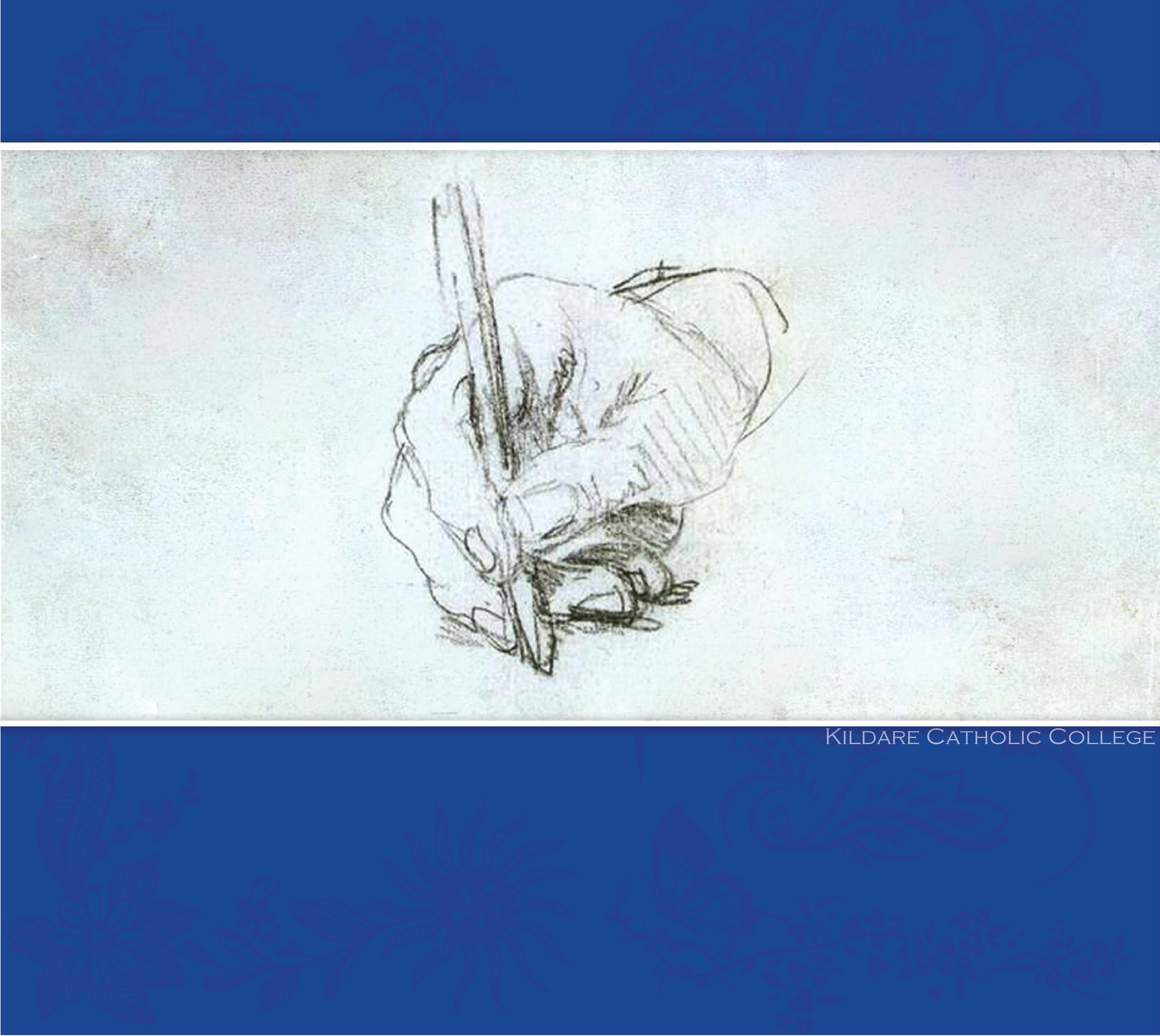2021 Handwriting Intervention

Handwriting
Most adults during their working day interact with a computer or other digital device to word process, to work with programs designed for specific task-related outcomes or to communicate with others. Computers and other digital devices are also commonplace in educational locations from preschool to tertiary settings.
However, despite the rapid technological advancements in digital forms of communication, the need for a careful balance between these advancements and written language is still required (Mackenzie & Spokes, 2018).
Literacy in the twenty-first century requires its members to create or complete both handwritten and digital texts such as government and other agency forms, undertake standardised tests, take meaningful notes, keep a personal diary, provide a signature, opt to complete leisure activities such as word puzzles and communicate via text messaging.
Developing an automated personal handwritten script is a contributing element to writing success (Medwell and Wray, 2014; Schlagal, 2014). The physical act of handwriting is a complex one; it requires the integration of perceptual-motor skills and higher-level cognitive skills (Case-Smith, Holland & Bishop, 2011) and the kinaesthetic process of writing is linked to writing achievement (Daffern, Mackenzie & Hemmings, 2017; Graham, Harris & Fink, 2000).
Additionally, developing automated keyboarding skills is a contributing element to writing success especially when students are expected to compose digitally. To free up the cognitive demands required of recording, handwriting or keyboarding skills need to become automated (Cahill, 2009; Poole and Preciado, 2016). Educators therefore need to consider not only what their students write but how they record it too.
What the research says:
- Handwriting does matter and is more closely related to academic achievement than most educators realise (Cahill, 2009; Daffern, Mackenzie & Hemmings, 2017; Longcamp, Zerbato-Poudou & Velay, 2005; Medwell & Wray, 2007). Conversely, there is an absence of research on the long-term impact of not teaching handwriting (Mackenzie and Spokes, 2018).
- Forming letters by hand contributes to a stronger knowledge of words and assists with spelling. When words are written in a continuous flow rather than typed as separate letters, spelling memory is enhanced (Cahill, 2009; Schlagal, 2014).
- Students who have difficulty with handwriting spend most of their energy directed towards the motor process rather than thinking creatively or developing their ideas. Poor handwriting results in less length and quality of content (Cahill, 2009; Graham, 2010; Medwell & Wray, 2007).
- Handwriting fluency contributes directly to writing fluency (Graham, Berninger, Abbott, Abbott & Whitaker, 1997).
Jacqueline Galvin | Literacy Coordinator
